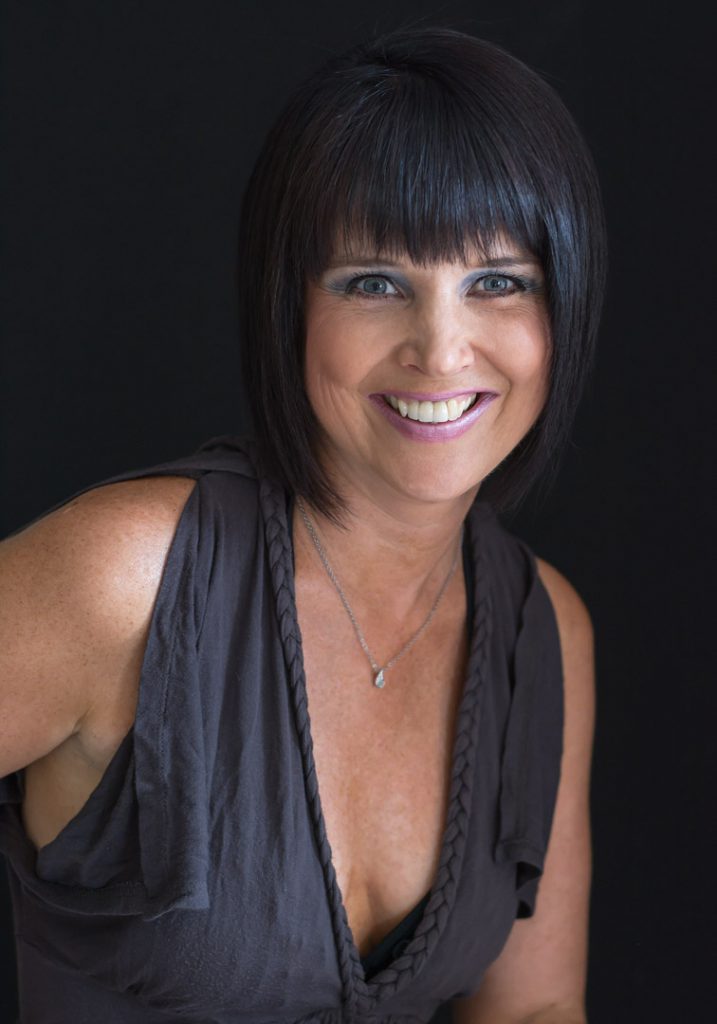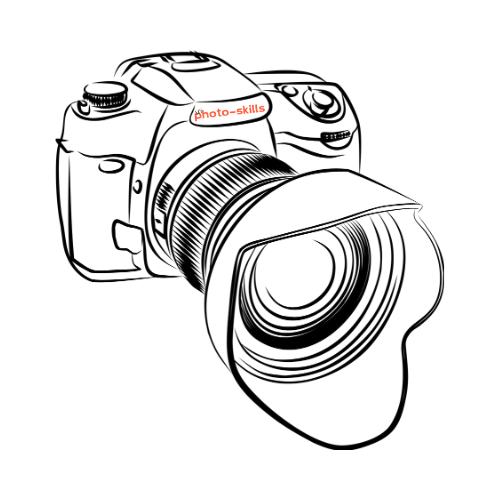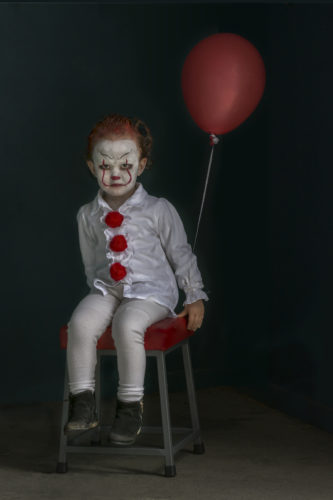In this post I am hoping to sell you on the attractions of low-key photography. Before I tell you what I like about it let me try to answer the question “What is Low Key Photography?”
An obvious place to start would be with the official definition – official definitions can be boring but in this case I think it is rather fascinating – probably because I like the technique.
Contents
The Definition and History of Low Key Photography
The full Wikipedia definition can be found here.
My understanding of low key lighting is that it is the use of shadows and dramatic (either harsh or soft) lighting to give high contrast three-dimensional effects to an image.
Alfred Hitchcock used this technique to great effect in his movies.
I’ve used the technique in a few of my images on this site. For example, I have used it on both the “How to Shoot the Moon” (the photo of the tree silhouetted by the moon) and the “35mm vs 50mm Prime Lens” posts.
Low Key Photography Lighting
One of the cornerstones of becoming a good photographer is the ability to recognize and use lighting.
Mastering low key lighting is a great way to learn to see light.
First off low-key photos are predominantly dark – usually the subject itself (which can be very dramatic) or the surrounding background.
The “fill” and/or main light can be either strong or subtle – depending on what you are trying to achieve.
High key photos by contrast are photos that are predominantly white and in a lot of cases over exposed – these can be just as dramatic as low key photos.
There are no real rules in low key photography except that you are trying to create an image which is overall dark with the light and shadows used as a means to bring out definition or intrigue.
I find low key photos get me looking for more, I seem to want to know what is hiding in the shadows. Silly really but often less is more.
You can use any lighting to create the effect you are after.
I recommend you experiment and find what suits your own style. For me I like what is known as “spill light” and I also use reflectors to fill in parts of my subject. A combination of the two is ideal for what I do.
Essentially spill light is not direct light – for example when using a flash don’t point it directly at the subject. Point it off to the side and allow the light that spills out of the side to light your subject. The difference is exactly like someone who stands in a well lit room where the light falls directly on to them or someone who stands outside of that room next to a window where the light is “spilling” on to them. The two results are entirely different and can be changed even further with the subject outside moving further or closer to the window.
Make sense?
Lighting is a vast subject in and of itself and low key lighting is a small part of it but will give you a pretty good understanding of the importance of understanding and interpreting light.
Portrait Photography Using Low Key Techniques
Low key lighting is often used in portraits and can be very effective.
The portrait I use of myself (see top right of page) is an example of this technique although not necessarily a good example!
The interesting thing about this photo was not that I was trying to achieve a low key effect.
What I was trying to do was take a photo in broad daylight (midday on a bright summer’s day) with a pitch black background. I didn’t think it was possible but it is.
You simply stop the aperture right down until it is so small that insufficient light enters the camera to record anything.
Once that is established throw in a speed light on the subject and you have an interesting low key result.
From memory the settings on this photo, for those interested, were ISO 100, f22 and shutter speed 1/125th. I used an ice light held in my left hand very close to my face.
Nudes are another fabulous subject for low key techniques – less is more and nude photography is to my mind the best example of this.

Low Key Photography Tips
To master low key lighting you need to start somewhere – doesn’t matter where.
- Study low key photographs and try to work out what lighting has been used
- Use dark backdrops and side walls (black reflectors or cloth which absorb rather than reflect light)
- Place your subject in dark corners and move them back and forward increasing or intensifying the spill light until you get what you achieve -as I did in the photo of the little clown girl at the top of the page
- Use a small aperture, low ISO and fast shutter speed to reduce the light entering the camera and hitting the sensor. Be aware that this combination can result in noise so adjust accordingly – Don’t be scared to use a higher ISO and then reduce any noise in post processing
- If it is soft light you are after diffuse the lighting using a shower curtain, shade cloth or similar – there are no rules; use whatever works
- If shooting people have them wear dark clothing – this will bring out their skin tones
- Remember it is contrast between light and dark that you are after
BONUS TIP: Your DSLR camera has probably got a “Low Key” option in the “Scenes” mode or menus. Check those out, use them and then replicate them. How would you know if your camera has a low key option? This is where I love Google. Open your google search in a browser and type in “Does a (camera make and model) have a Low Key option”. Dr Google will see you right.
The Final Word On Low Key Photography
Just as exposure compensation, fast and slow shutter speeds, and composition can add to improving your photography so too can low key photography.
You’ve got this fancy DSLR camera that can do things, it’s like the newest (or oldest) Ferrari – learn to drive it for maximum pleasure and best results.
Give low key photography a go and see what you can come up with.
I’d love to hear your thoughts and comments in the space below.
Until next time folks …


Great tips once again. Thanks!
Thank you Jackie.
It really is just a matter of placing something dark in lighting that makes the lighter tones pop-out …
oh and of course knowing your camera’s capabilities and what settings to use to get the result you want …
and … 🙂
As always thanks for your comments
Yes, this makes sense, Laurence, I have learned again a few things, especially your link to “How to shoot the moon” I have tried to capture the moon so many times without the great expected success. I will find a great tree, next time, for the front “blackness”
Thank you!
Loes
Hi Loes – thanks for your comments. Glad i could help.
Good luck with your next moon shots
Lawrence
I love this. I am not a photographer per se but I have studied filmmaking and made a couple of shorts. Low key is my favorite. It is so interesting and dramatic, as you said, even in seemingly passive scenarios. And you are on the money about wanting to know what is in the darkness. Look at the bold trend started by Gordon Willis with the Godfather photography. Vermeer paintings used that camera obscura effect and influenced cinematography arguably more than any painter. I am a big fan of the chiaroscuro of the Renaissance Paintings and movies like The Third Man and Cat People. Do you feel that B&W still offers a better effect? Anyway, Iove that you are showing folks how to experiment with low key on the DSLR. It could open up a whole new world for them.
Hey John thanks for your comments. Just as well we don’t live close to each other I think we would talk the night away.
like you I am a big fan of black and white. In fact I have just risen at 4.00 am because I cannot wait to process a portrait of a friend of mine who has one of those ultra interesting faces.
I have been studying Chiaroscuro – fabulous stuff and amazing talents these old masters had.
Really appreciate you stopping by and commenting.
Lawrence
Hello
You do have some very nice photography work going on here. I am not going to pretend that I am a photographer. However, I love learning about the techniques you describe in your posts.
I have seen many photos that use Low Key lighting but till now I did not realize this is what they are called.
Low key lighting sounds like it would take a lot of practice to master this skill but it does have some fabulous results. Thank you for taking the time to explain different ways to obtain low key lighting photos. Thank you so much
Hi Melissa. Thanks so much for your comments. I think we all experience things in life that appeal to us without really knowing much about them. There’s just somethings that one intrinsically enjoys for no reason other than it appeals. Low key lighting is like that to me and I am thrilled you enjoyed the post.
All the best and thanks for popping by and commenting.
Lawrence